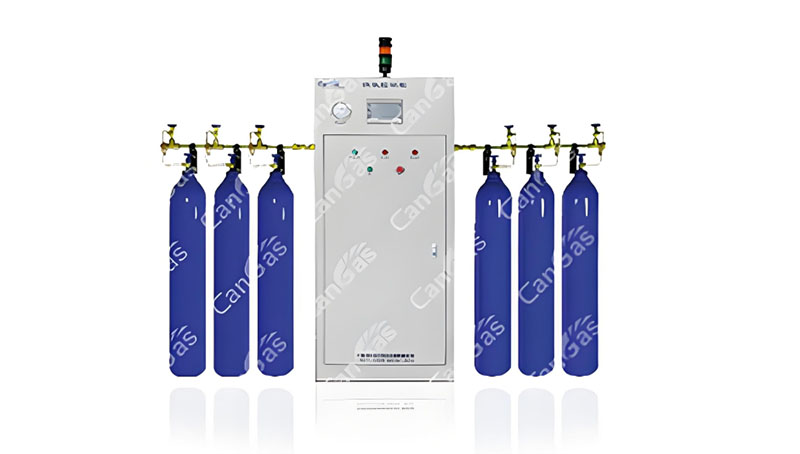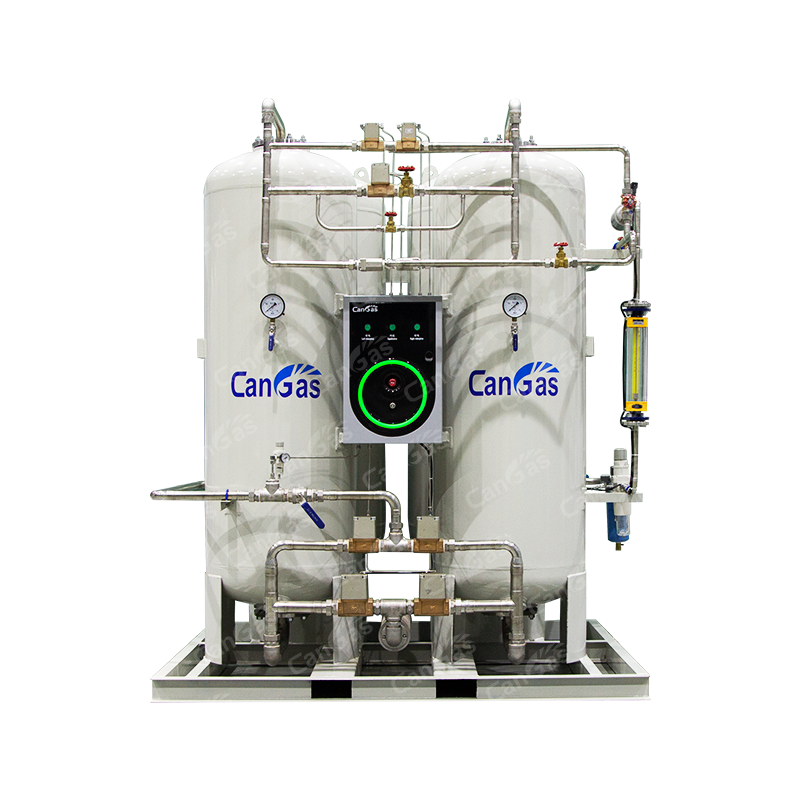Home >
News > Technical Articles > A Brief Discussion on the Manifold in Medical Central Oxygen Supply System
A Brief Discussion on the Manifold in Medical Central Oxygen Supply System
2024-09-30 14:52:33
15
In medical central oxygen supply systems, the presence of manifolds is a common sight; as an integral component of these systems, the role of manifolds is irreplaceable. Both the GB50751-2012 "Technical Code for Medical Gas Engineering" and the YY 1468-2016 "Oxygen Supply System of Oxygen Concentrators for Medical Gas Pipeline Systems" explicitly stipulate that neither liquid oxygen nor medical molecular sieve oxygen generators can serve as emergency oxygen sources. Only manifolds are qualified to function as emergency oxygen supplies.
From a operational perspective, a gas manifold is a centralized gas charging and supply device. It connects gas cylinders through valves and conduits to a main distribution pipeline, enabling simultaneous charging of multiple cylinders. Alternatively, after pressure reduction and stabilization, it delivers gas via pipelines to terminal equipment at usage sites, ensuring stable and adjustable gas pressure while achieving uninterrupted gas supply.
The application of gas manifolds extends beyond medical oxygen; they are also compatible with gases like helium, nitrogen, and air.
Based on differences in switching mechanisms between left and right gas cylinder groups, manifolds can be classified into three types: manual switch, pneumatic (semi-automatic) switch, and automatic switch. Characterized by low failure rates, strong reliability, timely response, and immunity to power outages, these systems can also be customized with optional components such as gas heaters, flashback arrestors, pressure relief valves, and gas leak detectors to enhance their functional capabilities in practical applications.




